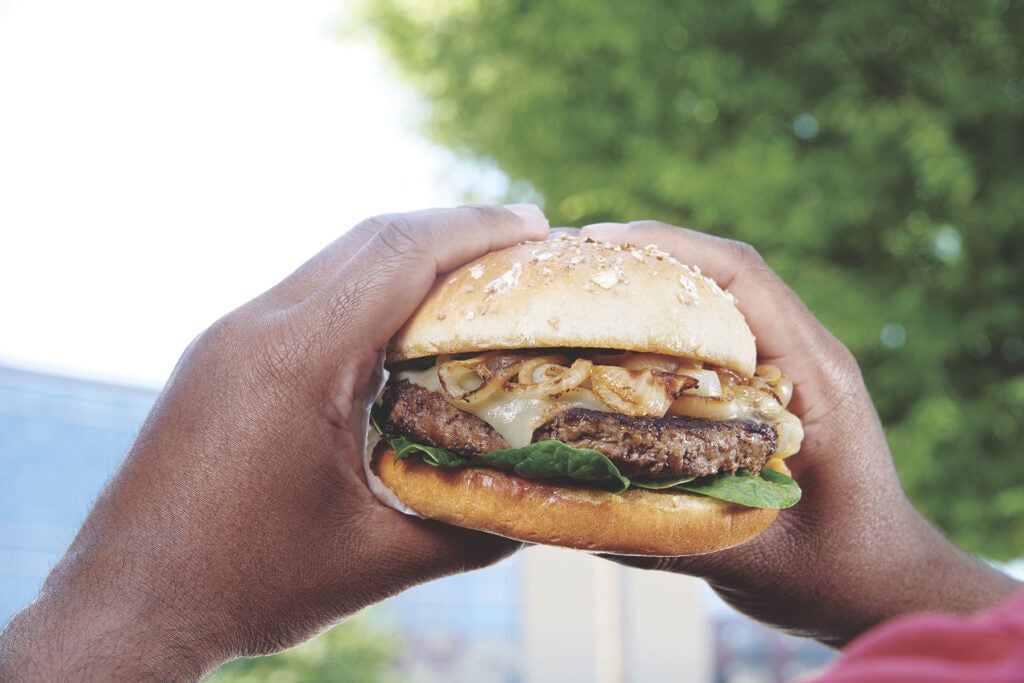Until supplies are more certain, menu creativity and flexibility are essential.
Temporary closures and reduced workforces at beef, pork and poultry processing plants have hurt production and caused supply-chain shortages. That’s the bad news. The good news is the worst may be in the past, as companies such as Smithfield Foods, Cargill, JBS, Tyson Foods and others are actively working to restore capacity and meet the needs of the foodservice industry.
Gordon Food Service category managers talk about the impact and what it means to those who plan menus for restaurants and healthcare operations.
Beef at a glance
What’s happening? There’s no shortage of cattle, only the capacity to process the normal head per week, says Brad Huizingh, Beef Category Manager. At its low point in early May, Canada’s beef processing capacity fell to about 40% of normal when the Cargill High River, AB plant was closed for two weeks. It has since climbed to near normal capacity with the plant back in production.
What’s next? The effect on supplies remains fluid, as production ramps back up. Ground beef and cuts that require more labour may be harder to come by, potentially forcing operators to consider smaller menus and build flexibility into their offerings.
Pork at a glance
What’s happening? Labour is the biggest challenge for processors, says Pork Category Manager Cassandra Clark. Pork plants are operating at about 80%. The labour shortage is limiting the availability of items such as raw bacon, ham, etc., but frozen options are available.
What’s next? While the worst of the fresh pork shortfalls may be over as plants adjust, some value-added items may continue to be a challenge. Gordon Food Service continues to work with suppliers to provide variety and menu options, Clark says. In instances where the exact product is unavailable in needed quantities, she suggests operators consider substitutes, such as smaller sizes and frozen items.
Poultry at a glance
What’s happening? Attendance at processing plants has ranged from 30-70% because of COVID-19. The Canadian government recently reduced national supply (year over year tonnage) by 15% in June, another 10% for July, with the expectation of another 10-15% reduction in August. With reduced supplies and workforce limits, fresh poultry has been hardest hit by unpredictable demands, forcing processors and distributors to shift more heavily toward frozen, says Poultry Category Manager Sarah Cooper. Poultry supply will continue to experience challenges as the government balances supply and demand fluctuation.
What’s next? Certain areas are experiencing a shortage of boneless dark meat (ex: thighs), so operators may consider leg quarters instead. “Operators who are creative and flexible will do better right now,” Cooper says. “Have a Plan B if you can’t get core items.” Frozen wings or value-added products may be necessary backups that also can help reduce prep and labour costs at the operator level.
Seafood at a glance
What’s happening? Luckily, seafood in general has not experienced the same challenges as other proteins. Seafood Category Manager Kim Schievink says inventory is in good shape and there has been little production disruption.
What’s next? Some fisheries may be slower to open from COVID-19 restrictions, but the potential impact is not clear.

























